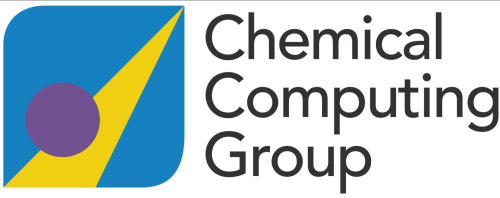The workshop on antibody modelling and protein engineering, led by Purvi Gupta, an application scientist at Chemical Computing Group, focused on utilising the Molecular Operating Environment (MOE) software. The session was divided into three parts: engineering and affinity modelling, homology modelling, and batch homology modelling.
Initially, the workshop introduced the MOE software, an integrated platform for various research applications, including small molecules and biologics. It supported high-throughput calculations and offered free scientific support and training services for users. The software covered diverse research areas such as structure-based drug design, ligand-based design, and virtual screening.
In the first part, participants analysed the crystal structure of an interleukin receptor and a monoclonal antibody that inhibited it. The aim was to identify the reasons for the antibody's poor solubility and explore potential improvements. Techniques such as virtual mutagenesis were employed to identify mutations that could enhance antibody developability.
The second part involved homology modelling, where participants learned to model proteins starting from their amino acid sequences. The antibody modeller in MOE utilised a database of publicly available antibody structures to generate models based on sequence input. This section emphasised the importance of using computational tools to analyse and improve antibody properties.
The final part focused on batch homology modelling, allowing participants to process multiple sequences simultaneously. The goal was to identify sequences with favourable properties for antibody development by calculating various protein properties. Techniques such as glycosylation site identification and removal were covered to improve antibody solubility and efficacy.
Throughout the workshop, participants gained hands-on experience with MOE, learning to navigate its features for effective protein engineering and design. The session highlighted the importance of using computational tools to analyse and improve antibody properties, providing a comprehensive overview of antibody modelling techniques. This knowledge was crucial for advancing research in biologics and therapeutic development.
The workshop concluded with a summary of the techniques covered, emphasising the importance of using computational tools to analyse and improve antibody properties. Participants left with a deeper understanding of antibody modelling and protein engineering, equipped with the skills to apply these techniques in their research.

